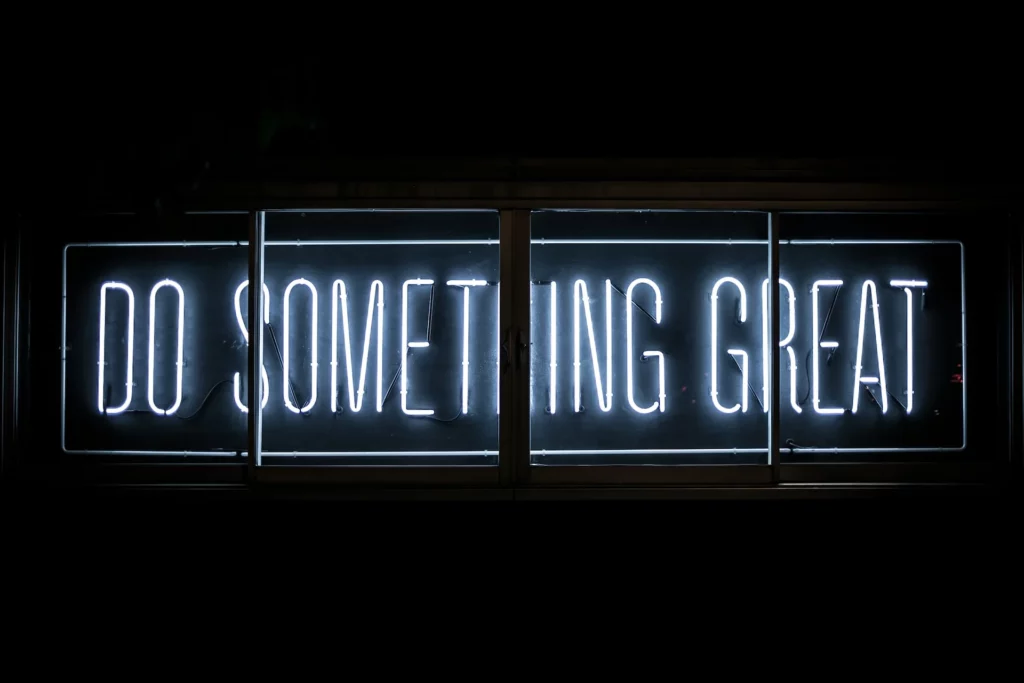Stages of Website Development

In today’s digital world, a web resource is an essential component of successful online presence. Creating a website from scratch involves a lot of work. The web studio GTRIX offers to create a quality online project by carefully planning the stages of website development. It is crucial to outline an action plan and stick to it.
Concept Development and Feature Planning
The type of web resource determines the goal that needs to be achieved. For example, it could be to present a company online, sell a product or service, or promote a business using the website as an advertisement. This affects the visual design and structure of the project.
Main Types of Websites:
Landing Page: This resource consists of a single page containing information about the company. Developing a Landing Page is effective for similar products and is an ideal option for quick sales or the presentation of a specific product.
Corporate Websites: A multi-page project with a deep internal structure. Developing this type of site is a sound solution for companies with remote branches.
E-commerce Websites: These sites have a complex structure, including a catalog, checkout page, and contact information. If desired, specialists can include additional options when creating an e-commerce website, such as search functions, category filters, promotional pages, reviews, etc.

How Websites are Developed
Creating a web project of any type requires significant labor, financial investment, and time. All stages of website development are carried out by specialists of specific profiles.
Analytics
The website development process begins with niche analysis. Initially, it is necessary to gather data about the company’s activities, identify the target audience, and study main competitors. This information helps to determine what product customers want to see and develop a strategy for the online service.
Setting Goals for Website Creation
Based on the analysis results, specialists formulate goals. One project may focus on sales, while another informs customers. The client must clearly articulate what result they need. Based on this information, the webmaster can proceed to the next stages of website creation.
Creating the Technical Specification
The technical specification for website development is a document that outlines the project in detail, including:
- Visual design
- Semantic core
- Number of pages and categories
- Functionality (standard set or with additional options)
- Technologies used
- Technical requirements for the project
Without a technical specification, specialists would not achieve the desired result. Once the document is approved by the client, the team of experts begins working on the project.
Prototyping and Creating the Layout
Based on the technical specification, the designer creates the website prototype. To ensure user-friendliness, specialists develop an intuitive interface. The completed prototype reflects the website’s structure, showing fields and blocks. Navigation and search functions should be easy to use.
Designing the Layouts
During the design phase of website development, the focus is on the visual aspect of the project. The designer considers the brand style and describes the logo. Their work determines whether the service will be unique and how well it reflects the company’s concept. The layout is then presented to the client for approval.
HTML/CSS Markup
Markup begins after the design project is approved. The task is to ensure the website displays correctly on all types of mobile devices and screens.
Configuring Core Modules
Website programming is a crucial step. The webmaster must ensure the agreed-upon options and functionality are implemented. GTRIX experts develop and integrate the functions outlined in the technical specification and configure the modules. As a result, buttons must respond to clicks and be active.
Additionally, the specialist optimizes data to ensure fast page loading. If errors are found, they are corrected.
Filling the Web Project
Next, the expert optimizes data according to basic criteria and works with the content. The webmaster creates the predefined structure, meticulously working on each page and integrating commercial modules.
Once the work is finished, the content is published. The text must be unique, and an easy-to-read font is selected. The client can provide photographs, images, and videos, and the specialist converts all materials into digital format, editing them if necessary.
Why Testing is Necessary
To deliver the website to the client in the best possible condition, the completed online resource is tested on a special platform before launch. The following metrics are evaluated:
- Page load speed
- Accuracy of main functions
- Presence of errors
Once testing is successfully completed, the website is transferred to the company’s hosting and linked to the domain. The client receives all necessary documentation to manage the web project.
Creating an online service is a complex process that involves a large team of qualified specialists. The quality of each stage significantly impacts the final result.




